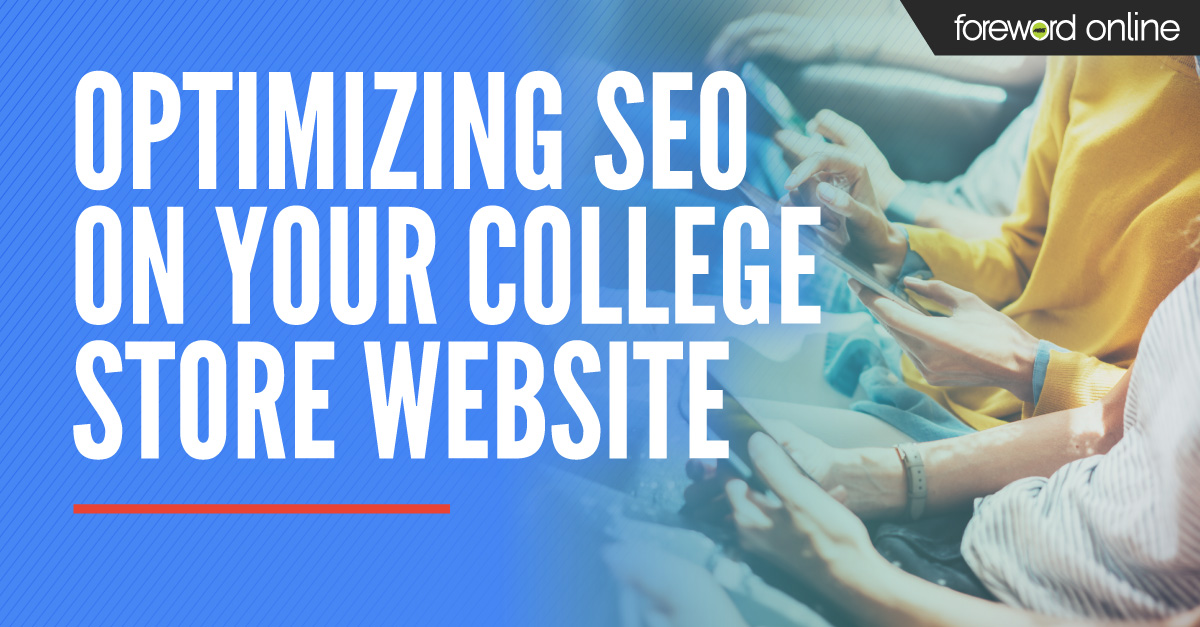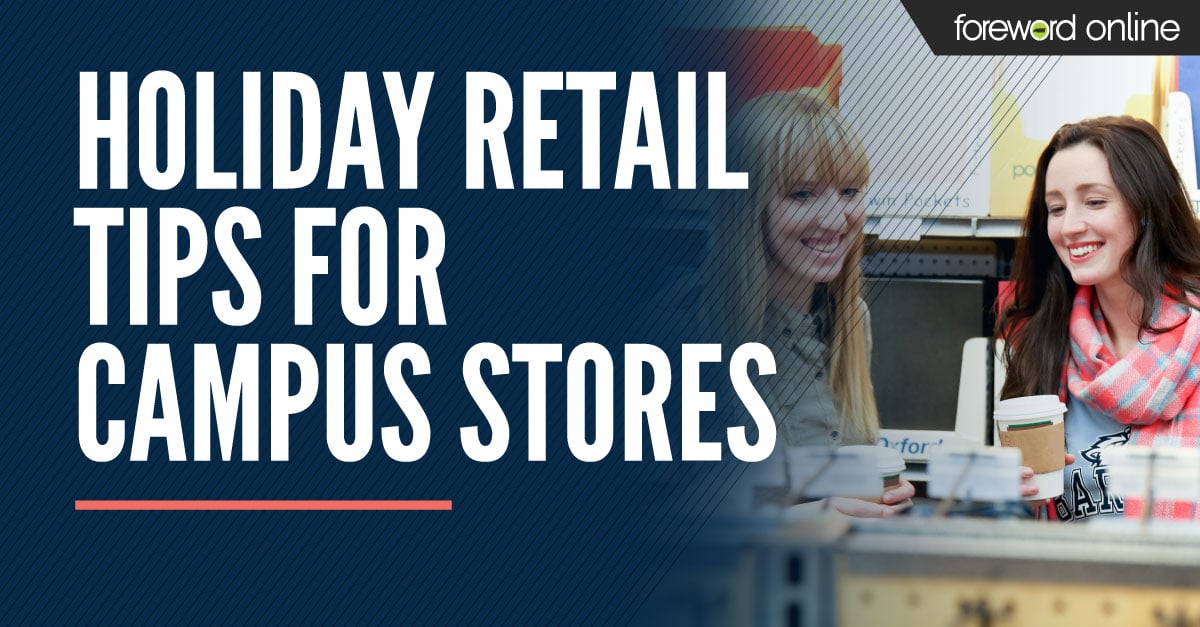How do search engines determine whether or not to direct traffic to your site? Physical location, search terms, products, ratings, clicks, etc. all impact where your college store ends up in the search results. However, there are things you can do to help boost where you fall in the search results. It is called Search Engine Optimization (SEO).
 How to get started with SEO for your college store
How to get started with SEO for your college store
- Optimize local SEO
Have you ever searched for coffee shops near me or any other business that you wanted to visit locally? The businesses that popped up for your search are listed because those companies went through some easy steps to optimize their local SEO.
Over the past few years local SEO has become increasingly important for businesses and it is easy to see why.- “Near me” searches have increased by 900% in the last two years, according to Chat Meter®.
- Approximately, 46% of all searches on Google are local
- 50% of the people who searched for locations near me on their smartphone visited a store within a day, according to Google research.
So how can your store show up in the “Near me” results? It’s actually really easy and it might be something you have already done. The first step is to create a Google My Business Account page.
Simply fill out the required information about your business (you may have already done this at some point). This page will display pertinent information about the store when customers search for your business. You can collect customer reviews and respond to comments. You can also gather insight about how customers arrive at your site.
Once you submit your basic information, Google will mail a code to your business address that you will need to verify the account. After the account is verified, you will have access to more features on the platform, including personalizing your listing. This is where SEO comes in.
First, ensure that all the information listed on this site about your business matches your website exactly and that you provide a local telephone number for people to call. Second, select your business category and attributes. These selections will let customers and Google know what kind of store you have and the services it offers.
As you work on this, you will need to develop some keywords that customers might Google to find you. If you already have Google Analytics on your site, now would be a good time to review how web traffic is coming your way.
Once you have an idea about your keywords, browse through the attribute categories Google has listed. Identify those that best fit your store and keywords. Be as specific as possible when doing this. Keep in mind if you also offer a convenience store or coffee shop or any other element of your business that might draw in foot traffic. Attributes tell customers what they can expect in the store.
Next, select a business photo. A picture will make your listing seem more reputable to the casual viewer. Don’t skip this step.
Beyond this, the Google Business Account site has a lot of features that you can take advantage of. You can create a post that highlights some of your best-selling products, you can feature an upcoming store event or sale, or test out the messaging function. To read more about setting up your Google Business Account, check out this in depth blog post.
- Video Transcription
Do you have videos on your website? Adding video transcription is a great way to boost your SEO. It will increase the copy Google can search and help make the site more accessible. You can simply transcribe the video yourself and add the text or work with a transcribing service.
Check if there are apps available to you that might caption videos for you as you make them. For example, Clips on the iPhone gives you the option to include automated captions. You might have to make some corrections to the transcription, but having that base helps save time. - Meta descriptions
A meta description is a page, project or even photo description that appears in your page’s HTML code. Meta descriptions are a great place to include keywords, especially longtail keywords, to help direct web traffic to your site.
A longtail keyword is simply a keyword phrase. So, instead of just adding "textbooks," you might try something like "how to save money on textbooks." That would be a longtail keyword. If you can, check what people are searching for to get to your website. This will give you a good idea about what your keywords and longtail keywords should be. Also, keep in mind questions that students typically ask your in the store. Those could also be the questions students are searching online for answers. These questions will often make great keywords. - FAQ
Update your existing FAQ (Frequently Asked Questions) page, or if you don’t have one start one. Pages that answer questions are often favored by search results. So, make it simple for search engines to determine how your page can answer the questions students are searching for.
This is also a good opportunity to include some of your keywords in the text — just make sure they fit in naturally. If you are creating a new FAQ page, then think about the questions you get most frequently in the store. With reduced foot traffic, it will be helpful for students to have an easy place that they can go to get answers to their questions. In addition to the FAQ page, make sure students can easily find a number or way to contact the store with any follow-up questions. - Simplify the user experience
Things like responsive web design, the mobile experience and even intuitive navigation can impact your SEO. Make your site as easy as possible for students to find what they are looking for. The goal is if a student searches for t-shirts for your college team and clicks on your site, they will find and buy what they are looking for, making your site the last one they visit. When that sell-through happens, then it is clear your site was the right answer to the search, strengthening your position.
There is a lot you can learn about SEO and how to drive website traffic, but these are great ways to start including some intentional SEO best practices into your college store website.





